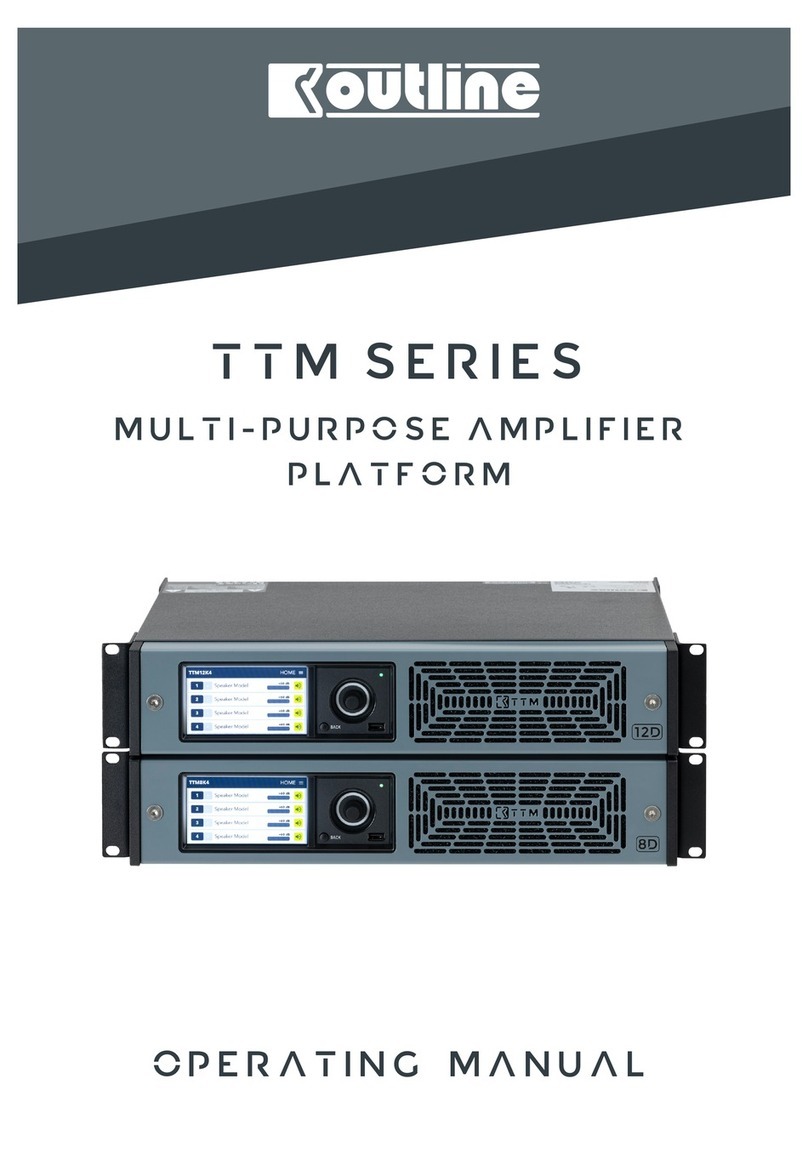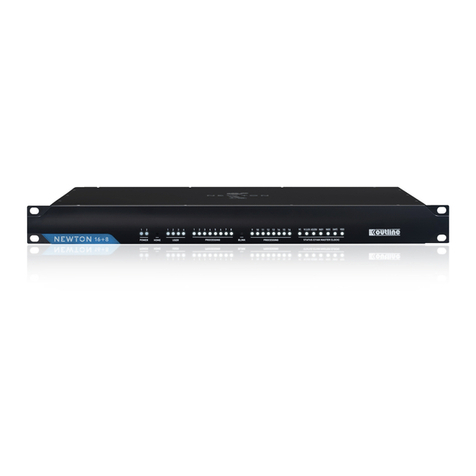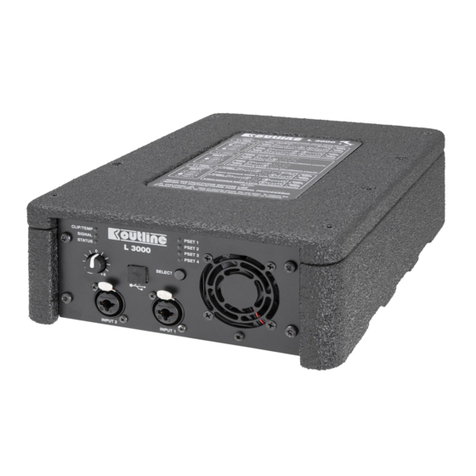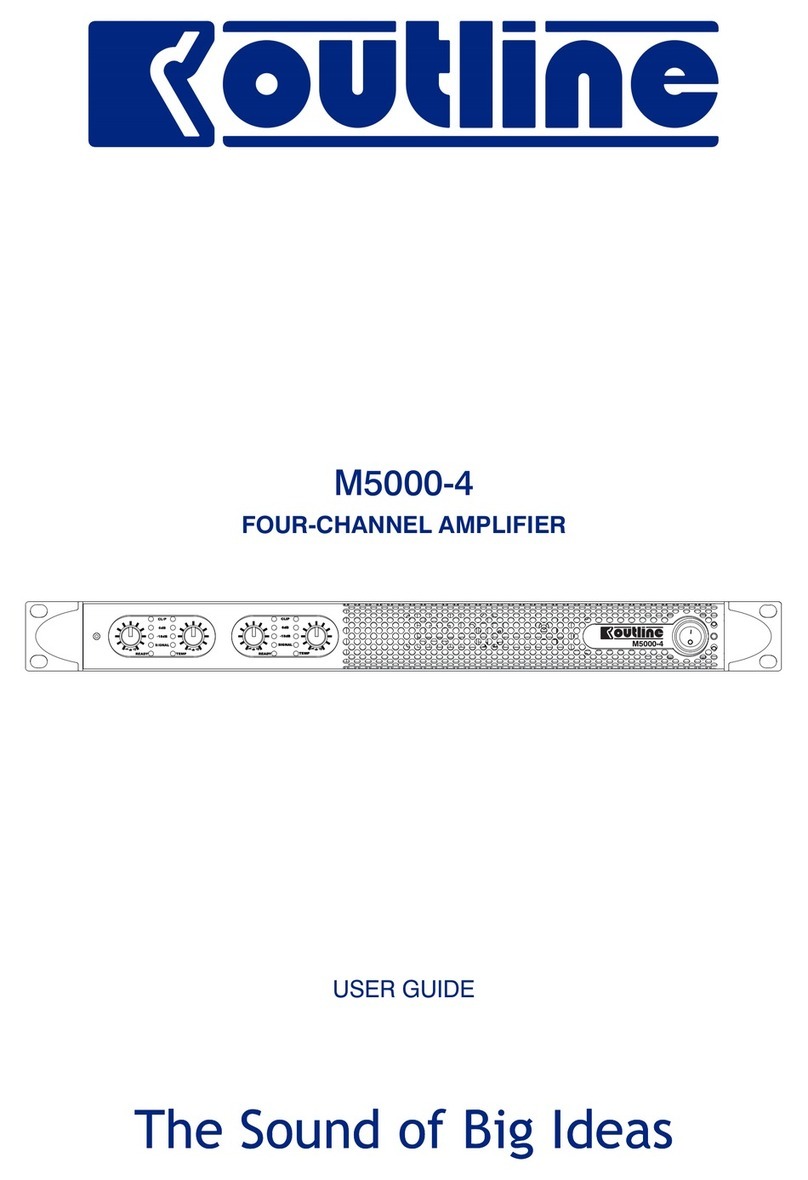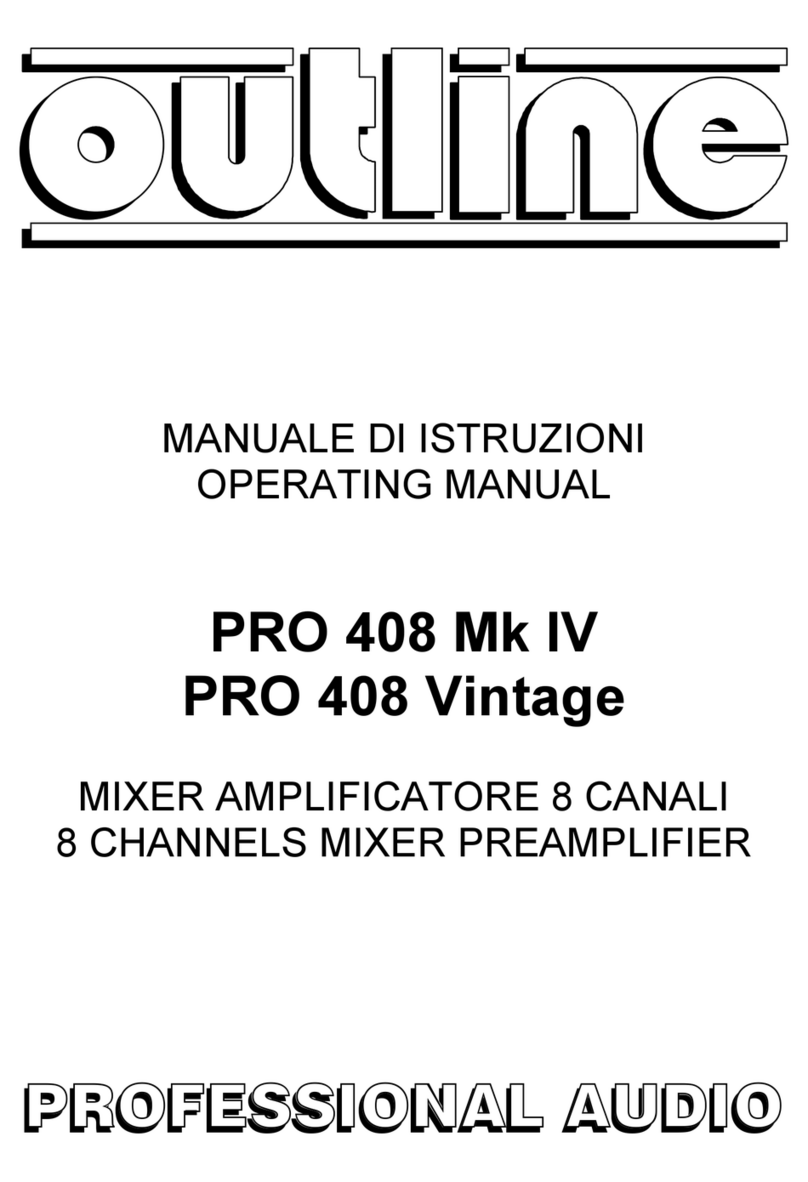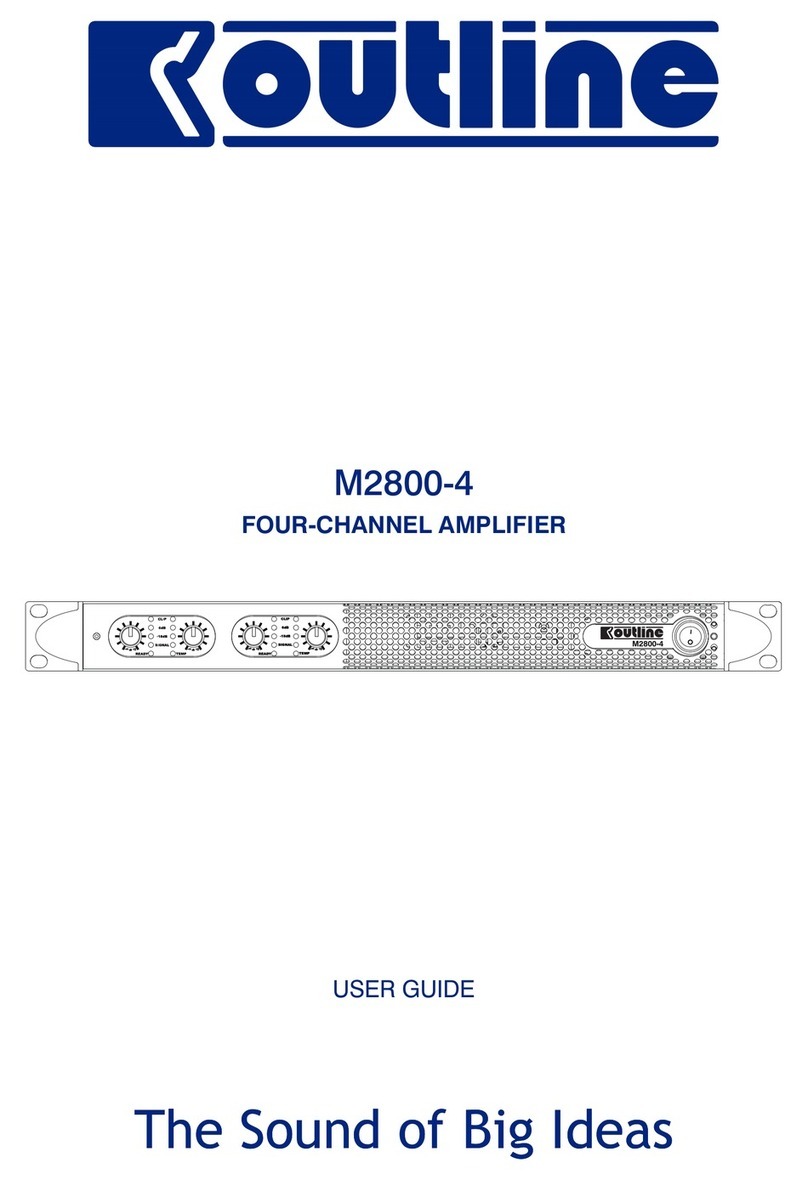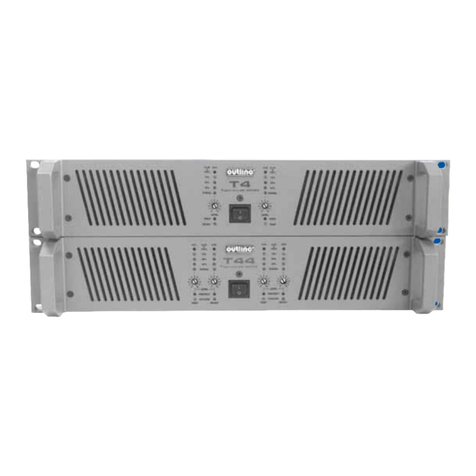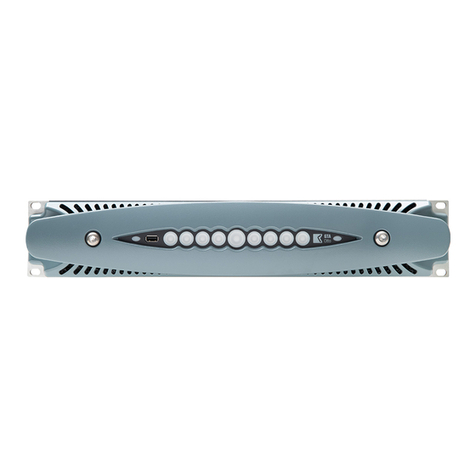Table of contents
Important safety instructions
ntroduction
Chapter 1: Installation and operation
Chapter 2: Setup and settings
Chapter 3: Protection
Chapter 4: User maintenance
Chapter 5: Warranty
Chapter 6: Assistance
Chapter 7: Technical notes
................................................................................................................................2
................................................................................................................................................................2
Safety rules.......................................................................................................................................................................3
Speaker damage..............................................................................................................................................................3
Speaker output shock hazard...........................................................................................................................................3
I ......................................................................................................................................................................4
More sound and less weight.............................................................................................................................................4
Superior Sound-Sonic Accuracy.......................................................................................................................................4
Totally Digital with High Reliability........................................................................................................................................................4
The Best amplifier for Your Mains........................................................................................................................................................4
The T Series........................................................................................................................................................................................4
The Show Always Goes On..............................................................................................................................................4
...........................................................................................................................................................5
1.1 Unpacking...................................................................................................................................................................5
1.2 Mounting.....................................................................................................................................................................6
1.3 Operating precautions................................................................................................................................................6
1.4 AC Mains connection..................................................................................................................................................6
1.5 Connecting Inputs........................................................................................................................................................7
1.6 Connecting Outputs.......................................................................................................................................................................8
1.7 Connecting Remote Control..........................................................................................................................................................9
1.8 AUX Input CH1/CH2.............................................................................................................................................................................................10
1.9 Alarm CH1/CH2....................................................................................................................................................................................................10
1.10 AES/EBU Input.....................................................................................................................................................................................................10
.....................................................................................................................................................................11
2.1 Introduction....................................................................................................................................................................................11
2.2 The Main screen............................................................................................................................................................................11
2.3 The main menu............................................................................................................................................................................12
2.3.1 Output attenuation......................................................................................................................................................................13
2.3.2 Gain/Sensitivity.............................................................................................................................................................................13
2.3.3 Input select........................................................................................................................................................................14
2.3.4 Max output voltage............................................................................................................................................................14
2.3.5 Max mains current............................................................................................................................................................14
2.3.6 Clip limiter CH1-CH2........................................................................................................................................................14
2.3.7 Gate CH1-CH2.................................................................................................................................................................15
2.3.8 Mute at power on..............................................................................................................................................................15
2.3.9 Idle Mode..........................................................................................................................................................................15
2.3.12 Bar meters......................................................................................................................................................................15
2.3.13 Output meters.................................................................................................................................................................15
2.3.14 Temperature....................................................................................................................................................................16
2.3.15 Mains meters..................................................................................................................................................................16
2.3.18 Hardware info.................................................................................................................................................................17
2.3.19 Hardware monitor...........................................................................................................................................................17
2.3.20 LCD contrast....................................................................................................................................................................18
2.3.21 Set Keylock code.............................................................................................................................................................18
2.3.23 Service............................................................................................................................................................................18
2.3.24 The Smartcard function..................................................................................................................................................19
.................................................................................................................................................................................20
3.1 Turn-On/Turn-Off muting..............................................................................................................................................................20
3.2 Short circuit protection.................................................................................................................................................................20
3.3 Thermal protection.......................................................................................................................................................................20
3.4 DC fault protection.......................................................................................................................................................................20
3.5 Input/Output protection................................................................................................................................................................20
....................................................................................................................................................................21
4.1 Cleaning.......................................................................................................................................................................................21
........................................................................................................................................................................................21
4.3 Error codes................................................................................................................................................................................21
...................................................................................................................................................................................22
................................................................................................................................................................................22
........................................................................................................................................................................22
7.1 General Dimension..............................................................................................................................................................................22
7.2 Block diagram...............................................................................................................................................................23
Approvals
Warning Notice................................................................................................................................................................2
2.3.10 DSP Settings...................................................................................................................................................................15
2.3.11 Ethhernet Settings...........................................................................................................................................................15
2.3.16 Amplifier Name................................................................................................................................................................16
2.3.17 Local preset.....................................................................................................................................................................16
2.3.22 Menu locking...................................................................................................................................................................18
4.2 Dust removal
4.4 Service................................................................................................................................................................................21
7.3 Technical specifications...............................................................................................................................................................24
Professional amplifiers T Series
Outline s.r.l. - Via Leonardo da Vinci, 56 - 25020 Flero (Brescia) - Italy
T
el.
+39-30-3581341
Fax
+39-30-3580431
—
Web
Site:
www
.outline.it
E-Mail:
[email protected] 1